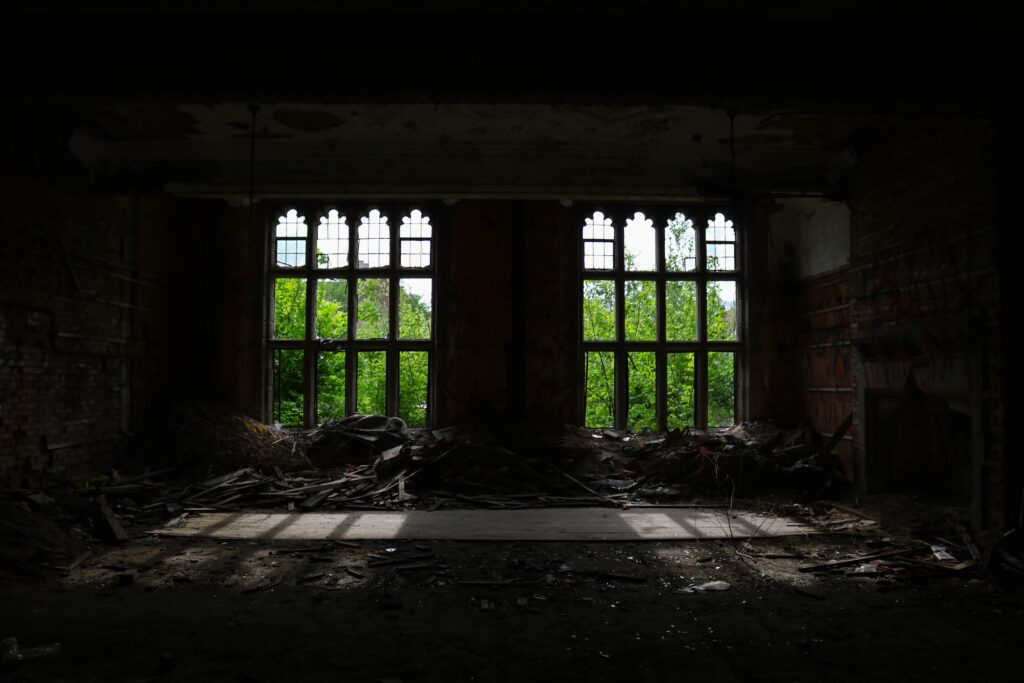As I walked down the tunnel to board the plane back to Regina after being out in Ottawa three weeks ago at the National Trust for Canada conference, two curious things took place.
The first | I was trying to figure out the travel distance of the claustrophobic connector I was sardined in. I didn’t pay attention to if it was sprinklered, but it seemed a long way to be herded like cattle without an option out (which also gets into egress vs exit travel distance…but we won’t go there today), and at the end there was an airplane, not an exit. I mean there was a shotty little stair of sorts down to the ground near the plane, but not something that many people could safely climb down should an emergency occur. I digress, as this has absolutely nothing to do with this blog post.
The second | after I handed my carry on bag to be tossed under the plane to someone, my travel buddy said to me “I like how you talk to everyone like you already know them.” My response to her was “but don’t I already know them? Aren’t we all just one big gooey blob of love separated into various human forms?” We had a giggle and left it there because she’s of the same school of thought as me in many regards, and it seemed like a logical explanation to both of us. But to someone who might be a bit thrown off by that explanation, maybe I’d try the following.
Talk to Everyone Like You Already Know Them
I don’t really know why I talk to everyone like I already know them, it’s just how I’ve always been. I don’t like small talk. I despise it actually. I used to take the stairs up the 9th floor of City Hall just to avoid riding in an elevator with a group of people who don’t acknowledge each others existence. When I am sharing space with someone, I want it to be intentional. Because if not, what is the point? Give me depth, or be warned that I will likely make things awkward as I find (almost) nothing awkward to talk about.
One of the many benefits of talking to everyone like I know them, is that I’ve seemed to always find my people. Those with the same interests, experiences, sense of humour, you name it. How has a wild, blue haired, prairie child with an enormous dream connected with so many amazing people from across the country over the last three years? Well, in addition to talking to people like I already know them, I talk about my passions, dreams and ideas. All the time, and with whomever will engage in a conversation with me. I throw them out into the universe, on LinkedIN, and in long winded blog posts. A lot of what I’ve planned to do or ideas I’ve had have gone no where, but that is just part of it. I think, anyways.
I’ve heard that this can be scary, as you don’t know if your dreams and ideas will come to fruition. And to some there is risk involved in voicing the things you want because they might not work out. But trust me, it’s worth it. Surrounding yourself with those who light you up and share a similar vision for the world is one of the greatest gifts you can give yourself.
Talk about what you’d love to do, even if it seems impossible right now.
Throw ideas out there, and don’t worry if others look at you as flaky because haven’t happened (yet).
Voice what you’d like to see in thew world, and the right people seem to find their way to you.
What Does This Have To Do With Heritage?
When I got the opportunity to present at the National Trust for Canada conference, I knew I had to somehow make the Building Code exciting. I’m pretty experienced when it comes to this when talking to those who use the rule book, but this would be a group where some likely don’t even know anything about it, other than that it exists.
The conference had a heavy focus on existing building reuse and the circular economy in the construction industry, and not just heritage buildings as one would initially think. I have many passions, so throughout the sessions there were many topics that I walked away wanting to dive down the rabbit hole and learn more about. These included, but are not limited to:
-
- Building relocation and deconstruction,
-
- Indigenous archaeology, and
-
- Transforming faith buildings into community hubs and the rad things happening at the Trinity Centres Foundation.
These will be topics of study in the new year for me. If they light you up too, let’s start a club.
Kilo Lima had the honour of presenting at two sessions at the conference.
The first, Cracking the (Construction) Code | Barriers for Existing Buildings, was co-presented by Gerry Bourne of CodeNext, and myself. 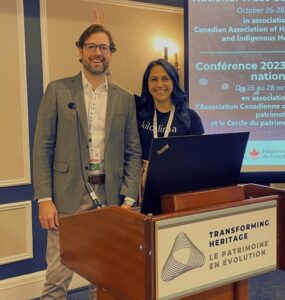
We painted a picture of the landscape of guidance on existing buildings across Canada.
I shared some information from the Canadian Codes and Existing Buildings report Kilo Lima wrote as a collaboration with Canadian Urban Institute.
Gerry talked about the framework in the OBC for existing buildings, and presented a few case studies on interesting projects his team is working on in the Toronto area.
And, of course, we threw some candy and had prizes. Added into the mix this time were AffirmatorS! cards and Kilo branded pencils, which was a genius idea if I do say so myself.
Yes, I am giving Gerry bunny ears. And no, I will never grow up.
The second presentation, Building Code and Existing Buildings | Getting to the Root of the Problem and the Unexpected Solutions, was a solo presentation along a group of panelists (slides and script provided at the end of this blog). I geared this one to reach the big picture thinkers, and fellow dream weavers.
I don’t act, write, or speak for the masses…especially when an opportunity is presented to me to potentially find my people. I share what is in my soul and trust that it will reach the right people. Yes, many innocent bystanders might walk away confused or think I’m out to lunch. But that is okay with me. If it’s the path for me to find those with similar missions so that we can connect and make a bigger impact together, I’m going to take it.
I Found More of My People
Well, my wild antics worked! After the session, a member of the Board of Directors for the Canadian Association of Heritage Professionals (CAHP) came up to me and said “we are going to be best friends”. Anyone who starts a conversation like that is definitely one of my people. No idea where this new best friendship will go, but I’m excited to find out!
Another lovely connection was an architect out of BC who was also passionate about social design of shared housing buildings, and the hot topic of Point Access Block Stairs. As a note, I am neither for nor against them, as I have not educated myself on topic.
If you read the below and it resonates with you as well, let’s talk!
Barriers for Existing Buildings and the Unexpected Solutions
This presentation was a part of Session 7.2 : Transforming the Business of Heritage: Social Impact Investing, Building Code Barriers, and Carbon Accounting, where I was honoured to present alongside Lorraine King, Mariana Esponda, Emma Cubitt, Graham Cubitt, Natalie Voland, and Graham Singh.
And huge shoutout to Chris Wiebe who was the mastermind that brought together this seemingly random panel that flowed together seamlessly and resulted in (his words, not mine) a cracker-jack session. I’m going to now start using the term “cracker-jack”, because it’s awesome. I highly encourage you to do the same.

Kelsey is a Building Code specialist who is passionate about adaptive reuse and preservation of community, culturally significant, and heritage buildings. Having experience in both the regulatory and design worlds, Kelsey has not only encountered diverse Building Code challenges but also understands the complexities that affect both sides. Kelsey’s enthusiasm for systems change altered her path from the technical nitty-gritty to trailblazing her own path and founded Kilo Lima Code in 2020, with a vision to revolutionize the industry through community, creativity, and collaboration.
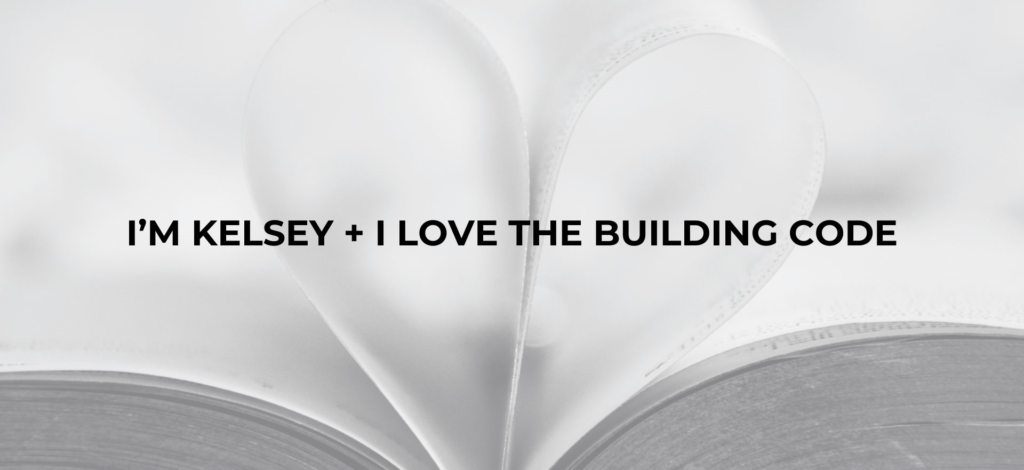
Hi. I’m Kelsey. And I love the Building Code. And I’m about 97% sure that after hearing me tell you why, you will love the Building Code as well. And when enough of us love the Building Code, we can start to shift things.
The Building Code is a barrier to improving many issues we face as a society. Don’t get me wrong, it is very important, and we absolutely need it. But the status quo is just not working.
It’s not going anywhere. And if we don’t figure this out, we’re going to just keep banging our heads against the wall. And a wise person once said that “the definition of insanity is doing the same thing over and over again, but expecting different results.”
You may not end up loving the Building Code, but I do guarantee you that if you keep an open mind you’ll walk away with an appreciation for the fact that we need to understand the Code better, and it’s actually our superpower.
If this is not how you expected a Building Code talk to start, perfect. Buckle up.
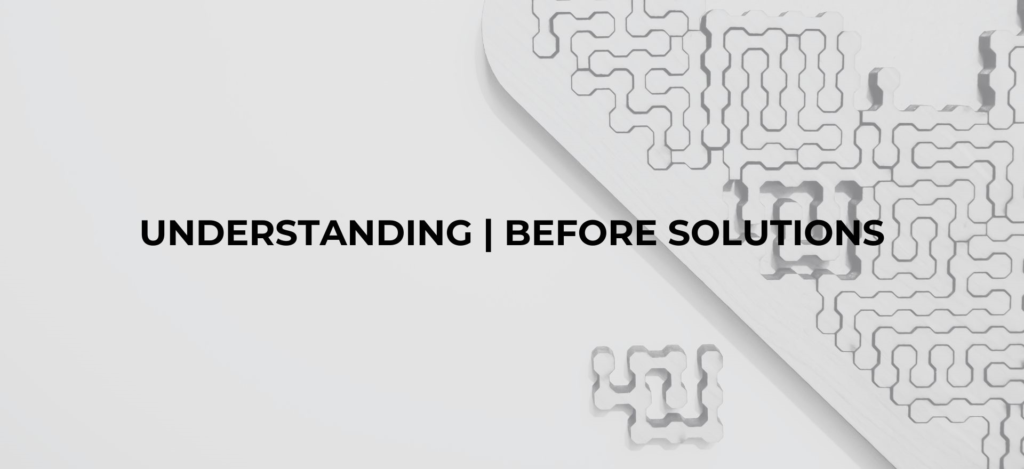
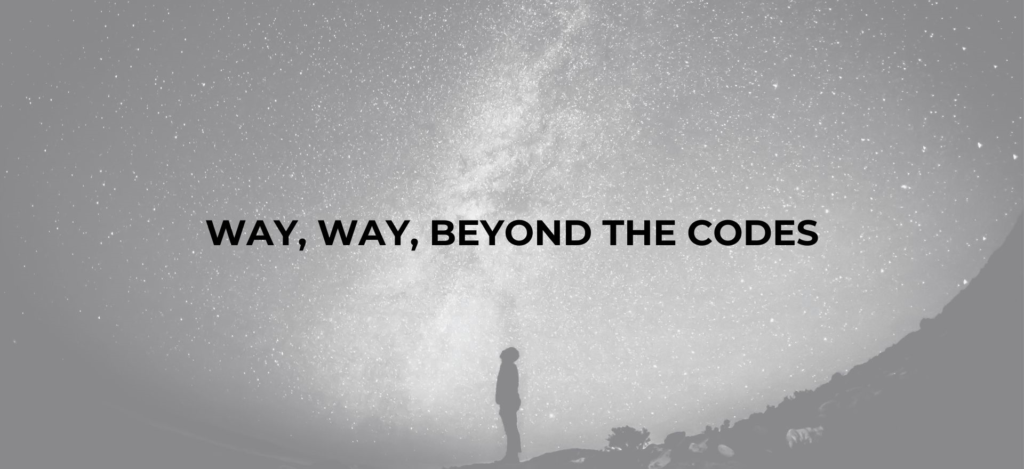
I truly believe that if people knew how to do better, most would. But when the Building Code itself is a mystery, going Beyond the Codes can seem utterly overwhelming. So how do we get there if theBuilding Code is so complicated to understand, is not reorganizing itself anytime soon, and wishing it away has not worked out so far? I have an idea or ten, but we’re not at the Unexpected Solutions part of our agenda yet.
Buildings are where we live, work, play, and learn. I truly believe we have more than enough space for all our needs to be met, and more, if we looked at the inventory more creatively. Changing uses is not just a Building Code challenge, but a mindset challenge as well. As a collective, we need to think outside the box and take a holistic look of our current day wants and needs for building uses.
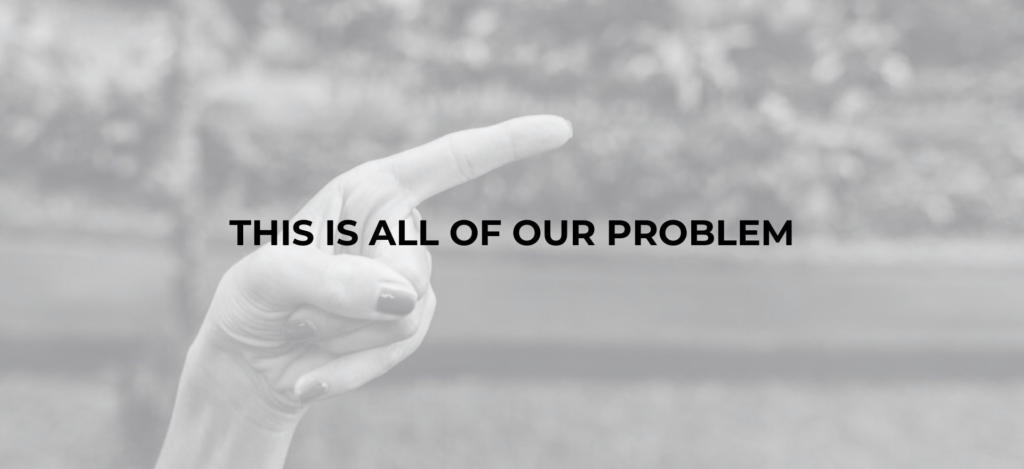
As I’m sure you know, the Building Code is not a perfect document. Some requirements can seem inconsistent, aren’t worded clearly, or just don’t seem caught up to current times.
Part of the problem is also that the Building Code tends to jump around haphazardly, making it near impossible for anyone to just pick up the Building Code and know what is required. There are some handbooks and guides out there, but the ones I typically reference have not been updated for the new editions of the Codes. The Part 3 one, which is fire protection and life safety, since 1995.
It is easy to point fingers, but this is no one group’s fault. But it is all of our problem. And you know what they say, “when you point your finger, you have three pointing back at you.”
What if we approached this problem with a little more understanding? At the end of the day, we are all just people trying our best to do our jobs. I’ve been on both the enforcement and design side. And trust me, neither is the dark side. Or maybe both are.
It doesn’t need to be us vs them. I’ve always said that it Takes a Village to ensure Building Code compliance, and it’s the foundation on which Kilo Lima is built upon. And maybe we’ll never get to the point where we all sing kumbaya around a fire. But I’m sure as heck going to try to get us there!
Now that we’ve opened our minds and hearts up, I’m going to share 3 Unexpected Solutions with you.
But to do this, we are going to have to travel back in time.
Different points in time actually, so it could get a little tricky.
So set your time machine the year you were about 5 years old.
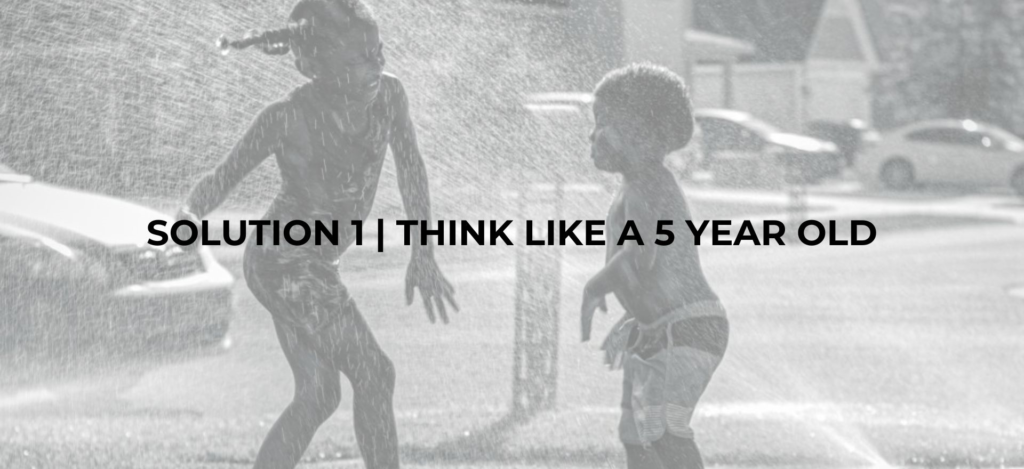
Back to when you played in the sprinklers, as opposed to thinking about them as fire protection. Back to when you still believed everything was magical and that anything was possible. To when adults would tell you ‘you can make a difference in the world.’ And you believed them. Try to stay in that mindset as we continue our journey today.
Thinking like a child may sound simple. But simple isn’t always easy. Today we’re going to talk about what is possible, not what is currently being done. Not because I have my head in the clouds (which I do a lot and quite I enjoy being there), but because there are tangible solutions that aren’t actually that crazy with the speed at which our world is changing.
Now back to the Building Code problem. In January 2020, I moved from Regina, Saskatchewan to West Kelowna, BC. Although the plan was to settle there, life had other plans and back home we went 16 months later. But this experience changed everything for me. Not just how I saw the world and my place in it. But how I saw buildings and our urban environment, and their critical role to fostering connection and its impact on mental health.
This experience also made obvious a glaring problem. It turned out that no one talked to each other, we were all trying to demystify the Code separately, come up with our own interpretations of the grey, try to educate industry on common errors, try to educate ourselves on the million standards reference in the Building Code, etc.. And all I could think is, this is bananas.

So let’s think for a minute. There are over 3 500 municipalities across Canada, and a “huge” amount of architects, engineers, designers, contractors, owners, diy’ers, yada yada. Data is not my thing, but I a good feeling that “huge amount” is definitely accurate.
If you have another word to describe this situation other than bananas, I’d love to hear it.
I never wanted to start my own business. BUT no one was working on what I knew was possible. So I took my own advice, and opened my mind. I soon realized that business is not in fact evil. It is but a tool, and a lot were using it to do some really good things. So I decided I, too, could be a business person.
Back to Building Code, and the barriers it poses to existing buildings. If there are at least “a huge amount” of people trying so hard separately to figure it out, this sounds like a systems problem to me. Not the “red-tape” AHJs fault, or the “unorganized” design team’s fault, or the “unaware” building owners fault.
Here in Ontario you have it pretty good when it comes to upgrades and preservation of existing buildings. Which I bet sounds out there I bet.
Along with Quebec and Vancouver, Ontario has a framework for upgrades to existing buildings. There is guidance and alternative compliance measures. Everywhere else it’s a game of “hmmm I wonder what the city will want me to upgrade” and the city thinking “I don’t know, I haven’t spent time in the building, you tell me” and then round and round we go.
There are also exponentially more resources for Code development and education. But outside of these areas, we’re hurting. And I can say this from personal experience as I have worked in both Saskatchewan and BC.
Under-resourced provinces and territories can’t be left behind. I don’t have time to touch on it today, but the sub-standard conditions that exist in many Indigenous communities are atrocious. I have a hard time understanding the prioritization of existing building reuse when we don’t even have clean drinking water on many reserves and people are suffering today. A lot of the industry covers their eyes and ignores it. Not because they want to, but because it’s incredibly overwhelming. And I get it. Life is a lot. We have a mental health crisis and a future that seems very uncertain. The cluster of the Building Code problem is not something anyone in their right mind would want to dive into.
But I don’t think we have to choose between sustainability of the future and the problems we face right now. I do think we can have our cake and eat it too. We just need to think more creatively, and break the silos that exist. Collaboration over competition.
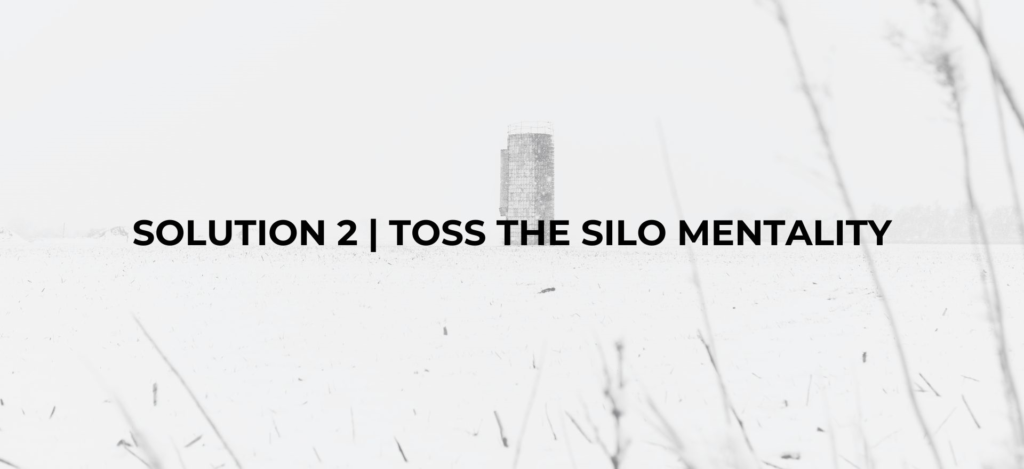
You may be thinking. Okay Kelsey, are you now going to ask us to all hold hands and sing kumbaya. Not today, but I never say never.
Silos are simpler. They allow us to all focus on our own jobs, priorities, and passion areas. And that is beautiful and very much needed.
But we’re never going to get to where we need to go without working together. But who is looking at this whole problem as a system? Who is connecting things? Someone needs to, because everything is interconnected, even if it doesn’t seem like that at first.
The answer is Kilo Lima. I’m very sure there are many others are, as well, and I want to meet them. Because when dot connectors get together with other dot connectors, it becomes even more amazing.
Kilo Lima is Canada’s only cross-industry grassroots Building Code community. Yes, there are more of us Building Code enthusiasts out there, in fact one might be sitting next to you. They are starting to come out of the woodwork. It’s actually amazing to witness so many people who want to help fix this problem. Not because it makes good business sense this quarter. But because they care and it is so, so needed. The warm fuzzies are an added benefit.

I’m a pack animal. So when I recognized this was a major problem, I did what any prairie kid would do. I began to assemble reinforcements. It was going to take a village. My whole life I’ve been bringing people together. It brings me immense joy. So you can say I’ve been subconsciously training for this my entire life.
At first there were only a handful that believed in the dream. But here we are over 3 years later, making waves and presenting at a National conference. And that is pretty rad.
At Kilo, we have started our own league. One with an abundance mindset and where competing companies come together for the greater good. Because when we share resources and ideas, we all have more.
Look around in this room alone. How many missions do you think are aligned? I would think a lot. What if we all had a better way to collaborate more frequently. Conferences are a great start, but we need more.
How about we just leapfrog right to revolutionizing software to connect a lot of the dots for us, and take out much of the administrative noise that gets in the way of doing the things we really want to do to make the world a better place.

Yes, the Building Code is a problem. A riddle and a puzzle flinging you from one section to the next as you attempt to figure out what rules you actually need to follow. The rule book will likely never be reorganized. But once a passionate Building Code nerd has a mental map of it and understands the infinite amount of pathways through the Code, that can be translated into software and, for the most part, automated.
Is this a bad business model for a Code Consultant? Yes absolutely. But I don’t follow business rules. And we need our Code experts to put their brains towards better systems and pushing the industry forward, not spending their energy repeating the basics.
I just happened to stumble upon the Building Code and learned it. What I really want is better buildings.
Even 5 year old Kelsey has a hard time believing the current system can be fixed. So we’ve decided to just build a new one and constantly iterate and improve it. Prove it’s possible.
So going back to the beginning of this when I told you Building Code is actually our superpower. Building Code is the need to know. It is law and if you don’t follow it, you don’t get to do what you want to do.
What if we could draw people in by making the need to know easy as pie to use, and then sneaking in the should know. Like I said, everything is connected. And in the construction industry, most things are connected with Building Code.
Another wise person once said “that with great power comes great responsibility”. So let’s use this super power of knowing Building Code to create really amazing things.
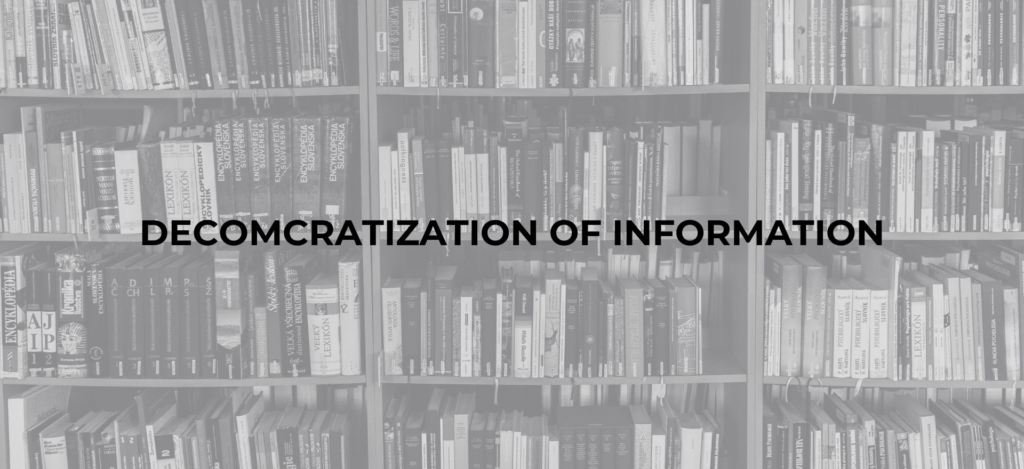
I truly believe if people knew how to do better, they would. And when information on how to do better is easier to access than doing the minimum, we can shift the system to only what is best for people and the planet.
How much time and energy would be saved if we shared this information? And how much could we improve the industry if we got that time back? What if we could easily find out what sustainable products meet Code for specific applications? Or easily learn how to apply best practices to make our building designs more inclusive? Just because progressive design is not ‘Codified’ doesn’t mean that we shouldn’t do it. So let’s shift expectations to better. Because when the end user demands better, the design side needs to do better. And we are all end users of many buildings in our lives.
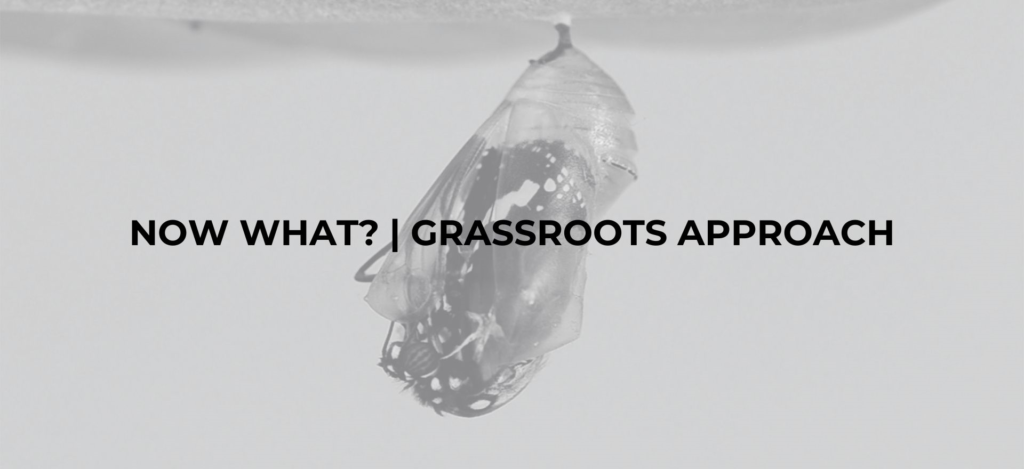
So now what? The easy thing would be to blame the Building Code writers and government for not doing enough, and say it is their problem to fix. But that isn’t going to get anyone anywhere. I worked for the municipal government for 10 years, and very much understand that working within a system and trying to make meaningful change is extremely difficult.
I had a conversation with a colleague in the industry who stated that “a camel is a horse designed by a committee”. Although I do get where he was coming from, I also know that we need committees. So I only half agree. Committees are working hard just like the rest of us, but with their own barriers.
What if we can trickled information up, so committees have an easier time moving forward, and can then trickle the information back down? I think some serious magic could happen. But don’t take my word for it, join the Village and find out for yourself.

We are in a metamorphosis period. A caterpillar does not eat a lot of delicious food, have a nice little nap in a cocoon, and then wake up as a butterfly good as new, like Eric Carle would have us believe.
Metamorphosis is not pretty. A caterpillar turns to literal mushy goo before transforming. The liminal space can be quite unpleasant to be in. Well I can only imagine it’s unpleasant. I’ve never actually been a caterpillar, nor butterfly. Not this lifetime anyways.
To me it seems like we are in the mushy goo stage. We are frustrated. We have a housing crisis, we need to make conscious construction the norm for our planet to survive, we have substandard conditions in many parts of our country, we have cultural, community and historic buildings burning down due to lack of proper fire protection, and we have way too many buildings that people can’t even get into due to lack of accessibility.
Yes, existing buildings are tricky. But some things shouldn’t morally be “grandfathered” in. Which, by the way, is a made up term, so please ditch it.
It is going to take a bottom-up approach. The boots on the ground. The everyday Code users. Well good news, I’ve already assembled a lot of them. I think we’re so close to getting out of the mushy goo stage and growing our wings. So don’t lose hope.

I’ve been told over and over again that there is no way Kilo’s big vision will happen. That I should just pick my silo and make change that way, because, as they say, you can’t eat an elephant in one bite.
That is only true if you believe it. And have an individualistic mindset. I chose to believe that is actually quite possible. All you have to do is find your pack of cheetahs, and it will be easy.
Change is scary. But it’s reality, and the world we live in. We can go through it together. And it doesn’t have to be scary.

Will the dream happen? Time will tell.
Just kidding. I wouldn’t leave you hanging like that. I know you can’t see into the future. And you probably want to know. So spoiler alert. It will happen. And it is going to be awesome. It will likely be a wild ride, so buckle up.
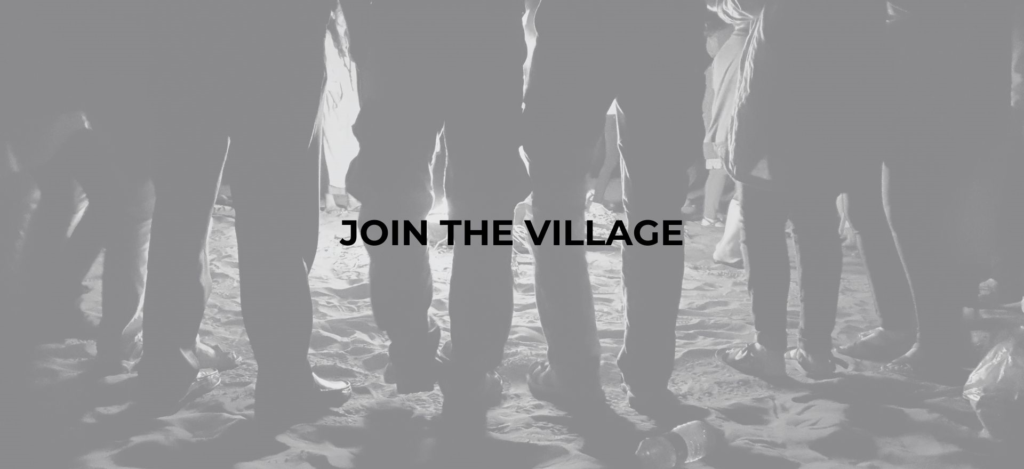
Come join the Village. Be part of this solution. We’re not just doing great things, but also having a heck of a lot of fun along the way.
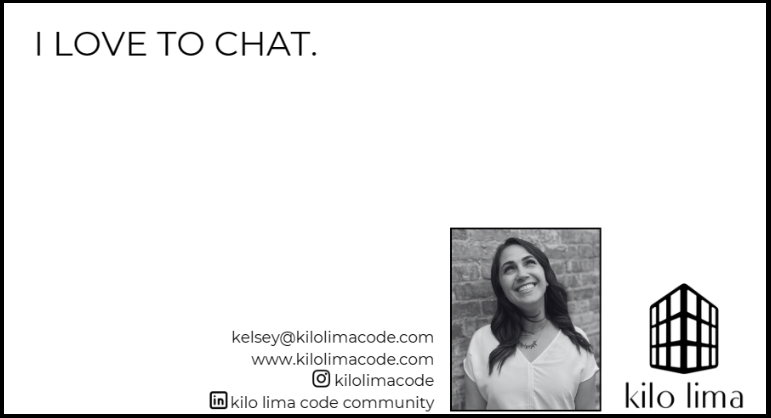
Thank you so much for spending this time with me today, and letting a Building Code enthusiast into your community.

